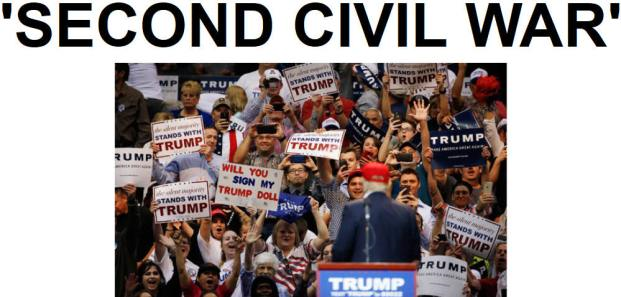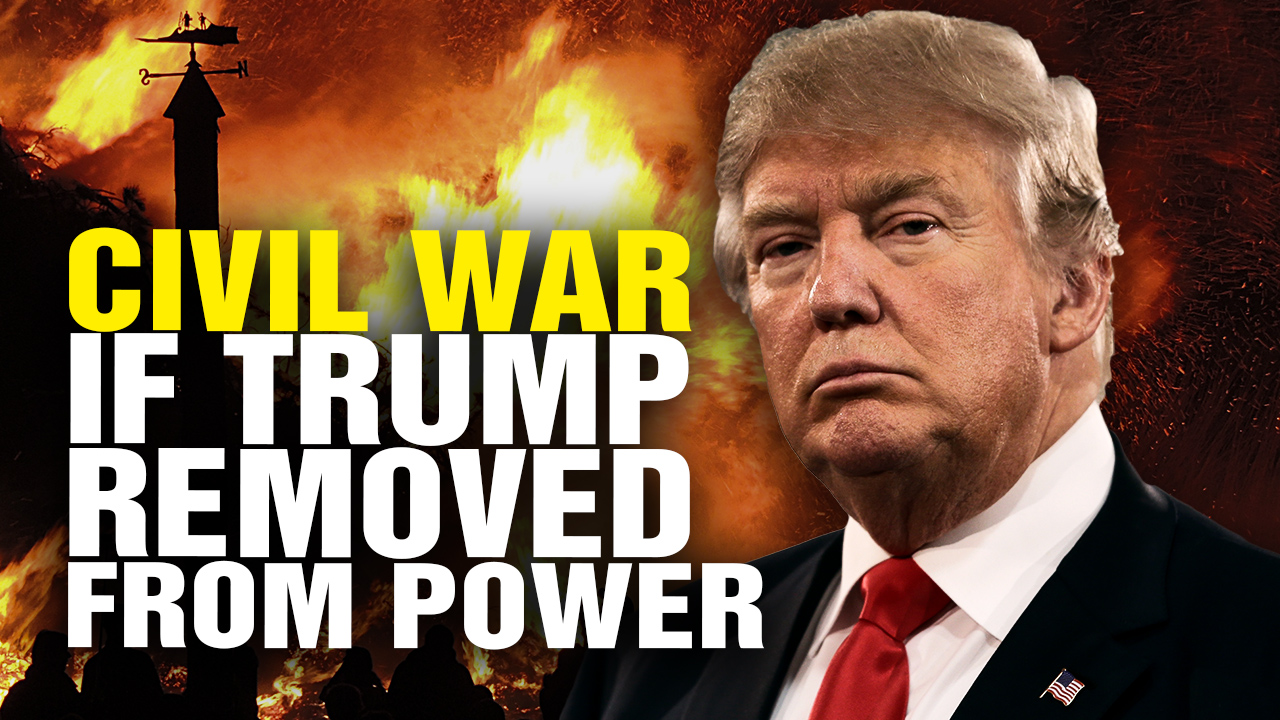
The US Shows All the Signs of a Country Spiraling Toward Political Violence
Rachel Kleinfeld / The Washington Post
WASHINGTON (September 11, 2020) — In the past 16 weeks, more than 50 drivers have plowed into peaceful protesters all around the country. Armed militants shut down Michigan’s legislature. Unidentified law enforcement officers heaved demonstrators into unmarked vans. Security forces in Washington used low-flying helicopters …
Political violence in democracies often seems spontaneous: an angry mob launching a pogrom, a lone shooter assassinating a president. But in fact, the crisis has usually been building for years, and the risk factors are well known. The United States is now walking the last steps on that path. …
Strong democratic institutions, such as trusted courts and functional legislatures, can keep violence at bay by enabling populations to resolve differences. Political parties that are shaped by mass membership and ideological agreement, rather than serving as vehicles for individuals, also make violence less likely.…
In the United States, however, resilience has been weakening, even as our risk factors increase. We are among the world’s most polarized countries. Racial, ideological, religious and geographic identities reinforce one another, exacerbating partisan division rather than offering alternative connections. Trust in the government is at a near-historic low of 17 percent, and 79 percent of Americans think there’s too little trust between citizens. Meanwhile, institutional guardrails are eroding.…

All the ingredients are here:
• America’s political violence traces back to our Civil War, the causes of which were never really resolved. The Union won the war, but the Confederates prevailed in the peace. Attempting to undo nearly a century of segregation and discrimination with civil rights legislation in the mid-1960s ushered in the next national outbreak of violence. The wound of racism deepens America’s deep inequality and our political polarization….
• Social trust is a nation’s immune system. When it weakens, countries are less able to fend off or recover from all manner of ills….
• Trust in the government is at a near-historic low of 17 percent, and 79 percent of Americans think there’s too little trust between citizens. Meanwhile, institutional guardrails are eroding….
• Politicians who see a path to power by enabling violence pose the greatest danger….
• When opportunistic politicians get a foothold, they break institutional guardrails with astonishing speed… Meanwhile, they accelerate political polarization and gin up violent sentiment….
• Dehumanizing language reduces inhibitions to violence….
• A country’s final line of defense is a professional, nonpolitical security service that refuses to use force against civilians….
• the conflagration rarely catches until state violence is turned on peaceful opposition….
• government repression is the turning point that shifts peaceful movements toward violence….
• Protesters and the state feed each other’s violence in a vicious spiral. Data shows that this is precisely what happened in Portland, Ore., where violence escalated after the deployment of federal security forces this summer.
• Soon, polarized populations begin rationalizing, downplaying or even denying the violence from their side. Moderates begin to silence themselves, fearing for their jobs, social standing or lives.
• 1968 Gallup poll found that 81 percent of the country agreed that “law and order has broken down.” A University of Michigan researcher found in 1971 that nearly one-third of men thought that “police beating students” wasn’t violence at all….
To avoid this fate again, we must stop casting blame [to address] a broken social contract, which we cannot repair from inside polarized bunkers. Instead, we must find some way to step back from the brink….
Posted in accordance with Title 17, Section 107, US Code, for noncommercial, educational purposes.